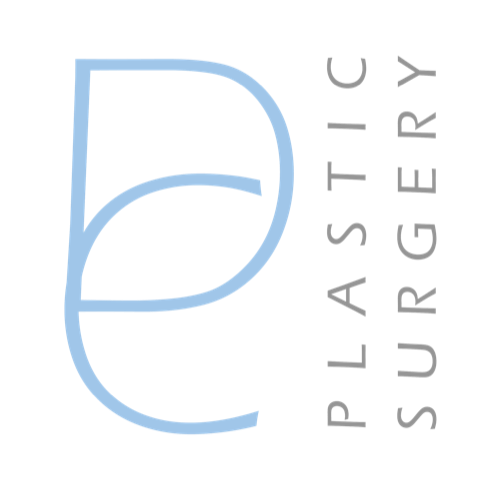Implants come in a multitude of sizes but are also manufactured in different shapes.
Broadly speaking there are two main shapes available: round implants and tear-drop shaped implants. Tear-drop shaped implants are also known as anatomical implants as they more closely resemble the shape of normal breasts, with more fullness at the bottom of the breast than the top. Round implants have a round base and have an even distribution of silicone throughout the implant.

Anatomical implant (taken from GC Aesthetics website, Luna XT implant)

Round implant (taken from GC Aesthetics website, PERLE implant)
Do tear-drop shaped implants give a more natural result?
In reality, the main factor in achieving a natural result is the size of the implants used relative to the size of the breasts before the operation. Large implants placed in relatively small breasts are likely to give an unnatural result regardless of their shape. Generally though, tear-drop shaped implants result in a gradual slope to the upper part of the breast with less of a rounded look. Other factors which may affect the result include the type of gel within the implants. For example, the gel within the round Motiva Ergonomix implants is designed to adapt with movements and tends to give a more natural look.
Are there any problems with tear-drop shaped implants?
Tear-drop shaped implants are generally very reliable. There is a very small risk (2-3%) that teardrop shaped implants can rotate out of position after the operation, leading to abnormalities of shape and possibly further surgical correction. To minimise the risk of rotation, implants with textured coatings are used. Texturing is used for both round and tear-drop shaped implants but carries a risk of 1:15000 of ALCL (a rare blood cell cancer) developing around an implant.
Due to the circular base of round implants, there is no issue if these implants rotate. This means that smooth implants can be used.
From an aesthetic point of view, for some patients, the sloping upper pole is desirable to try and make the result as natural as possible and anatomical implants offer the best chance of achieving this look. There are other patients though who desire fullness in the upper parts of their breasts, or indeed prefer an unnatural look, and round implants are therefore preferable.
Final word
Whilst sometimes it can be stressful for a patient to make decisions such as the shape of the implant, as mentioned above, the size of the implant in relation to the breast size is usually more of a factor in deciding how natural the result will be. Often the decision regarding implant shape is more one of fine-tuning rather than being of critical importance. There still is a place for using tear-drop shaped implants for certain patients but the benefits of a more sloping upper pole to the breast have to be weighed up against issues such as the need for using textured implants and the small risk of rotation. For further information on breast augmentation including photographs of patients with round and anatomical implants, please visit https://www.darrenchester.co.uk/breast-augmentation/
Mr Chester can devise a bespoke plan in with you in clinic to suit your needs and wishes. He will run through the advantages and disadvantages of different types of implant so that you are fully informed and involved in the decision-making process.
If you would like to have a consultation, please book here.
